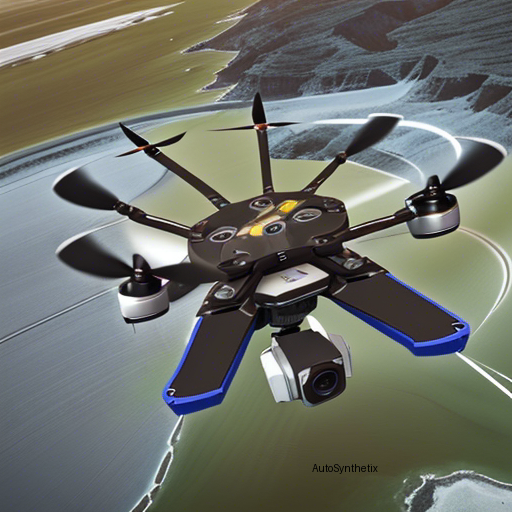Introduction
In today's rapidly evolving world of artificial intelligence, advancements in aerospace engineering continue to captivate our imagination. One such groundbreaking development stems from a recently published research paper titled "[A Modular Aerial System based on Homogenous Quadrotors with Fault Tolerance Control](https://doi.org/10.48550/arXiv.2402.01477)" by pioneers who challenge conventional norms in autonomous flight systems - introducing 'IdentiQuad'. This innovative modular aerial design harmoniously blends versatility, fault tolerance, and unparalleled control capabilities while harnessing the inherent strengths of traditional quadrotors. Let us dive deeper into understanding how these gamechangers have redefined the future of flying machines.
The Concept Behind Identifying Quadrotors - IdenitiQuad
Standard quadrotors offer remarkable agility due to their minimalist mechanics yet face limitations arising out of their under-actuated nature. As a result, they struggle to generate a full six degrees of freedom (DOF), restricting potential applications significantly. Existing solutions typically balance tradeoffs between structural intricacy and attainable DOF in aerial vehicles. In contrast, the researchers behind IdenitiQuad present a novel approach – a hybridized combination of self-reliant homogeneous quadrotor units called 'modules.' These individual components exhibit autonomy similar to standalone quadrotors whilst allowing customizable assemblage, amplifying overall controllable DOF without sacrificing simplicity or reliability. Crucially, every component remains swappable across various arrangements, ensuring adaptive scalability.
Enhanced Controller Architecture Enabling Resilience & Balance
To fortify IdenitiQuad's performance further, the team has meticulously designed a universal controller catering seamlessly to diverse configuration setups. Remarkably, this intelligent framework demonstrates resiliency against motor malfunctions, counterbalances power consumption disparities amongst modules, thus guaranteeing optimal efficiency throughout the entirety of operations. Simulations conducted via physically accurate models validate both the functional prowess and durability of the proposed IdenitiQuad architecture, solidifying its position as a revolutionary leap forward in aerial vehicle technology.
Conclusion: Paving New Pathways in UAV Engineering
With the advent of IdenitiQuad, engineers, scientists, and visionaries alike witness a paradigm shift in unmanned aerial vehicle designs. By intelligently combining the benefits offered by classic quadrotors, this cutting-edge concept ensures flexibility, dependability, and adaptiveness in myriads of real-world scenarios heretofore deemed challenging. As humanity continues to explore new frontiers propelled by technological ingenuity, innovations such as IdenitiQuad etch their names indelibly in history books, paving smoother pathways towards tomorrow's skies.
Source arXiv: http://arxiv.org/abs/2402.01477v2
